The price you get for your home depends on many factors. They include the location, size, yard area, amenities nearby, age of the property, and so on. You can’t do much to change them, at least not at the last minute. But there is one factor that’s entirely in your hands – the appearance of your home, and how you present it for sale.
Not only must you maximize this potential, but you must also get it done in the most cost-effective way possible. Of course, everyone does it. 79% of sellers make at least one change, and upgrades can add as much as 10% to the value of your home. But remember, it must be cost-effective. After all, some renovations are guaranteed to not pay off when selling your home.
The 7 Economical Ways to Raise the Price of Your Home
Spruce Up the Yard
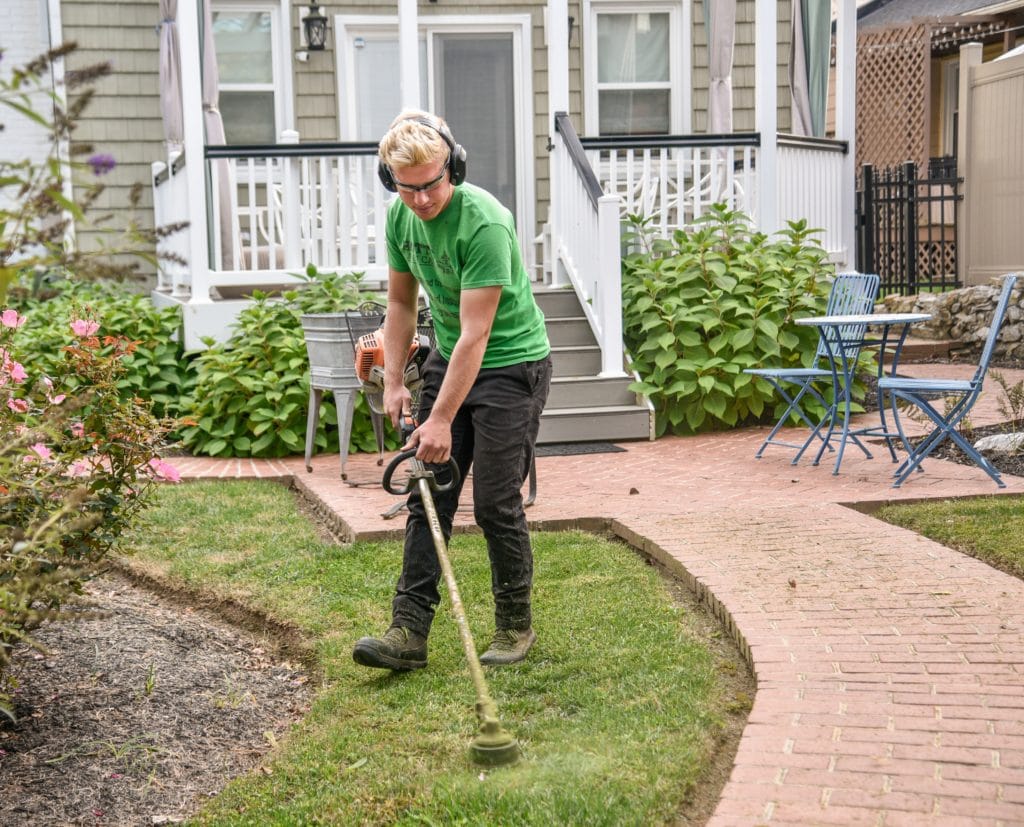
The yard is among the first things potential buyers see when they visit your home. It plays a big role in what’s known in real estate parlance as ‘curb appeal’. It refers to the swag your home displays when seen from the roadside.
The first thing to do is a landscaping job. Trim all the rough edges, and get rid of any dead or broken branches. Further, get rid of the weeds, and define the various areas better with pavers or bricks. Remember, your lawn is vital too, so mow it well, and rake it too.
Let the Entryway Make a Statement
Your entry not only adds to the visual appeal but also indicates how secure your home will be for the new entrants. A crumbly, tattered door is a sure turnoff. So the first thing to be done is to either repair and repaint the door or even replace it if needed. Adding a couple of new security features will also create a snazzy first impression.
Other small additions can make a big difference. A new rug here. A bright potted plant there. A little lighting feature. Think of all the little things you can do, and then dash for it. Also, get rid of all the paraphernalia that spell (and smell!) you. That includes shoe racks, coat stands, kids’ gear, and pet accessories.
Make Every Nook and Cranny Spotless
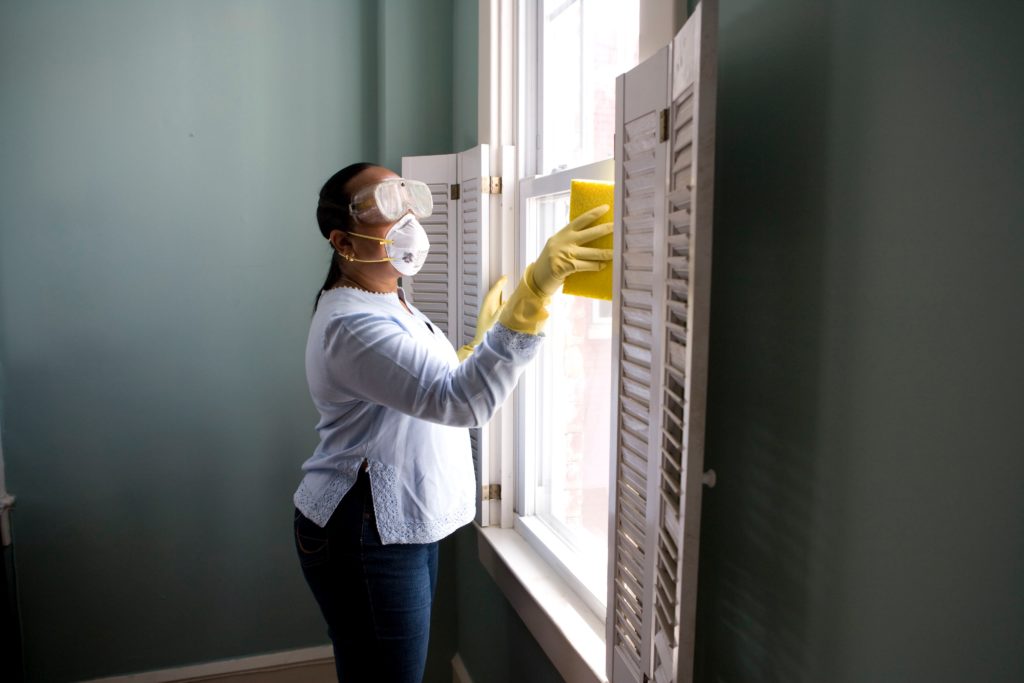
This is perhaps the easiest, yet most overlooked thing to do when selling your home. It needs to be made spic and span with a vengeance. This is where your hyper-critical friend can come in handy, pointing out all the loose ends and dirty corners. Clean everything from the fireplace, to the window bars. Go under the sink, into the attic, and brush up every nook and corner. There is nothing as ‘eww’-inducing as a bit of dust or grime sticking to potential buyers’ clothes as they walk around.
Throw Away the Clutter
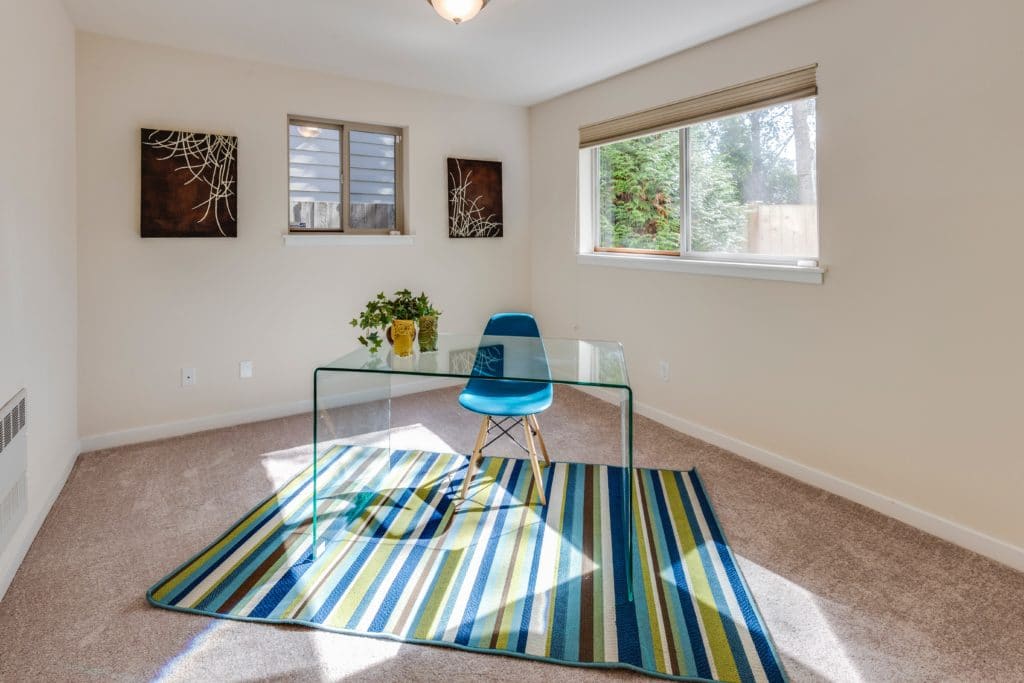
Among the many things you need to do before your home starts appealing to potential buyers, is to depersonalize the house. And a big part of that is decluttering it. When buyers walk in, they need to be able to picture how the house will look like when they own it. They must be able to imagine their personal effects being housed in the spots they like. Having your personal quirks lying all over the place doesn’t help.
In addition, having too much furniture, shelves, and other such stuff in a room only makes it look smaller. So get rid of as much as you can, with making the house look empty. A positive way to declutter is to donate your excess belongings to charity.
Make Home Staging a Priority
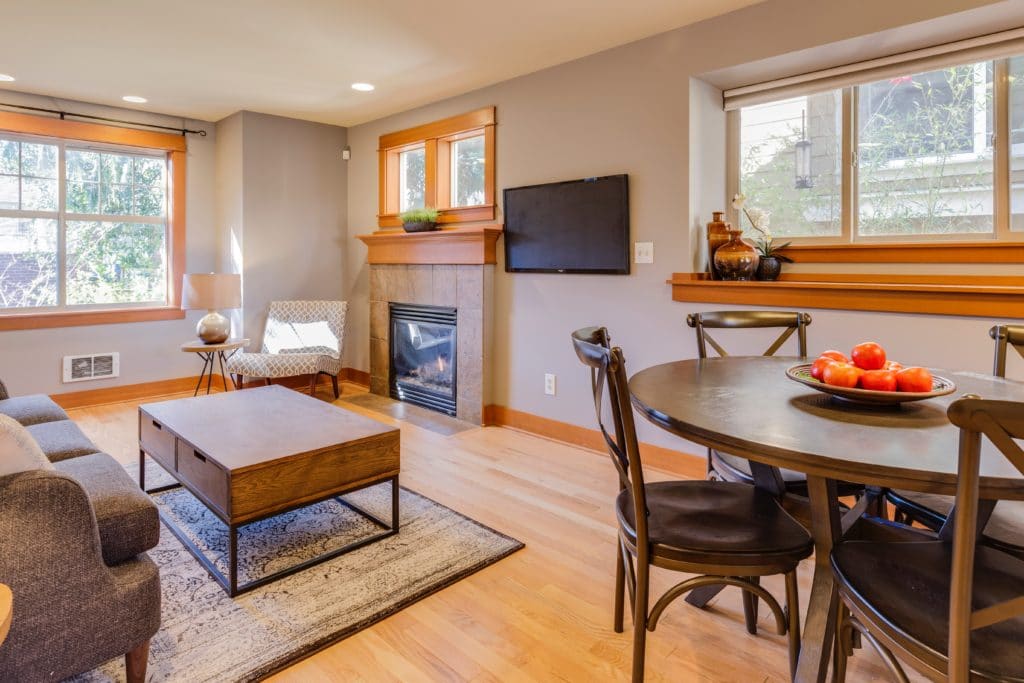
Staging is perhaps the most critical aspect of selling a home. 22% of seller’s agents say that staging raises the dollar value of a home by up to 5%, while 17% of the respondents of the survey rated the increase in value as between 6% to 10%. When you stage your home, you let other people visualize how the home would be, if they were living there.
The key is to remove bulky furniture and other personal items while rearranging things so that it’s easier to move around. It’s also important to keep the staging decor neutral so that it would appeal to a larger cross-section of people, or at least wouldn’t turn people off.
Potted plants and bright windows add a lot of pleasantness to the atmosphere. Do remember, that you do not have to hire a real estate agent to get your staging done professionally. You can still opt for the money-saving Flat Fee MLS and have staging added to the deal. In fact, a flat fee listing can make a big difference to your earnings, as you can see in this guide from isoldmyhouse.com
Repair the Minor Flaws
Every little repair or alteration requirement noticed by a potential buyer reduces the chances of progressing towards a sale, a little. Put together, a bunch of such small irritants could well break a deal. Of course, prevention is better than cure. But if there are flaws, make sure you set them right.
The kitchen and bathroom are two places you must fix. Plug any leaks, and upgrade any outdated features. Patch up any spots with broken or cracked walls. Fix all the lights. And repair damaged or worn-out flooring. Also, pay attention to windows and doors.
While at it, remember that you aim to fix, not redo. That will help keep the changes within your budget. Even better, the next time you buy a home, take a homeowner insurance policy.
Repaint Cunningly
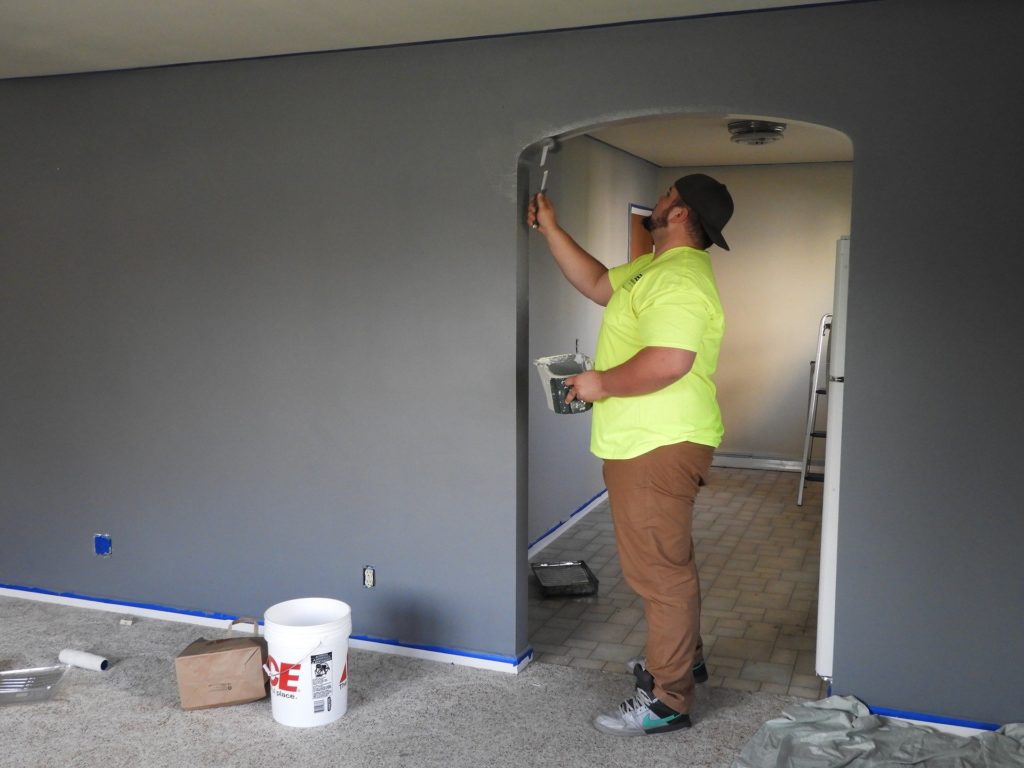
Think of the paint on your house to be like the makeup you wear. It certainly needs to be presentable. At the same time, it also needs to be affordable. Thankfully, there are a few tricks you can use to ensure you stay within budget. One is to do the interiors yourself while letting the professionals do the exteriors. This goes a long way in enhancing the curb appeal. Always use neutral, lighter colors, and get rid of any wallpaper – its time has long gone.
Conclusion
Always make it a point to smoothen and polish your house before you sell it. The easy tips mentioned above will go a long way in getting your home sold quickly, at a better price. But, ensure you fix a budget for the entire process before you start, and stick to it no matter what.
If you would like access to our Free Download on Five Things Every Florida Home Buyer Needs to Know, please download it here.
LEGAL DISCLAIMER
Views expressed here do not constitute legal advice. The information contained herein is for general guidance of matter only and not for the purpose of providing legal advice. Discussion of insurance policy language is descriptive only. Every policy has different policy language. Coverage afforded under any insurance policy issued is subject to individual policy terms and conditions. Please refer to your policy for the actual language.




